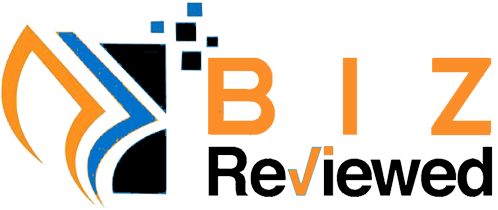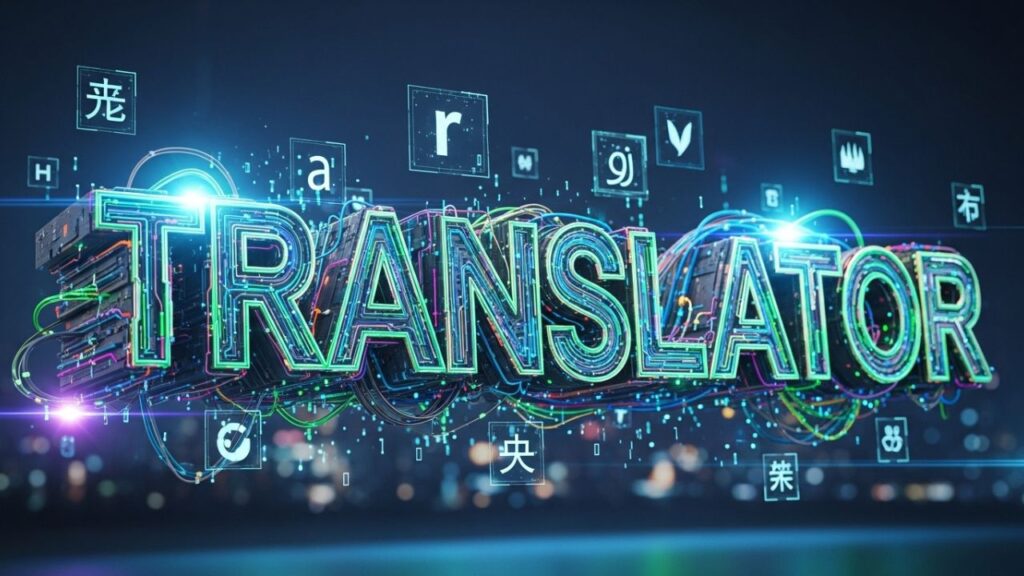Introduction
The term преводсч has gained attention in recent years, especially in discussions surrounding digital tools, automated workflows, and modern communication systems. Although the word may seem unfamiliar, преводсч represents a concept that is increasingly relevant in our technology-driven world. In this article, we explore what преводсч truly means, how it functions, and why understanding it has become essential for individuals and businesses navigating contemporary digital environments.
What Is Преводсч and Why Does It Matter?
The word преводсч generally refers to a process or mechanism associated with conversion, translation, or transformation of data between different formats or systems. While its meaning can vary depending on context, преводсч often appears in discussions involving automated processing tools, digital communication channels, and system-to-system data exchanges.
Understanding преводсч is important because the digital landscape is built on the continuous movement and reinterpretation of information. Whether converting language, adapting code, or transforming file formats, efficient translation systems allow organizations and individuals to communicate more clearly, store data more securely, and work more productively.
The Origin and Evolution
Like many modern technical terms, преводсч has evolved through repeated use in various digital industries. Initially, the concept was associated with linguistic translation and data conversion. Over time, however, преводсч expanded to include broader technological functions such as:
-
automated processing
-
intelligent data mapping
-
cross-platform integration
-
machine-driven content interpretation
This evolution reflects the rapid development of digital technologies and the increasing need for systems that can interpret diverse types of information seamlessly.
How Преводсч Works in Modern Digital Systems
To understand how преводсч functions, it’s helpful to consider three core components that define it: input, processing, and output.
1. Input Processing
Every instance begins with raw data or content. This may include text, numerical data, file formats, or code. The input stage focuses on capturing this information accurately.
2. Automated Interpretation
During this stage, преводсч uses algorithms, rules, or logic to interpret the meaning and purpose of the data. This is where transformation happens, whether it’s translation, format conversion, or restructuring.
3. Output and Verification
Once the data is transformed, it is delivered in a new form. Quality checks or verification steps ensure accuracy and consistency.
This structured flow makes преводсч a valuable asset in fields where precision and clarity are essential.
Key Applications of Преводсч in Today’s Digital Environment
Преводсч in Linguistic Translation
One of the most recognizable uses of преводсч is language translation. Modern translation engines rely on large datasets and machine learning models to provide accurate multilingual communication. This form bridges linguistic gaps and supports global collaboration.
Преводсч in Data Conversion
Another significant application is the conversion of data across digital platforms. Whether transforming spreadsheets, converting code, or adjusting file formats, преводсч supports efficiency and compatibility.
Преводсч in Business Workflows
Businesses increasingly rely on automated workflow systems. Преводсч ensures that software tools communicate clearly, minimizing errors and improving productivity.
Преводсч in Software Development
Developers frequently use systems to interpret code snippets, convert programming structures, or integrate APIs. This enhances workflow automation and reduces manual effort.
Benefits
Implementing преводсч provides several advantages for individual users, professionals, and organizations.
1. Greater Efficiency
Automated transformation reduces time spent on manual data manipulation, allowing people to focus on more valuable tasks.
2. Improved Accuracy
By relying on structured algorithms, minimizes human errors and ensures consistent results.
3. Enhanced Scalability
As workflows grow in complexity, tools can adapt and handle large volumes of content or data.
4. Cost Reduction
Organizations benefit from reduced labor costs, fewer mistakes, and smoother digital operations.
5. Seamless Integration
Modern systems can connect with a variety of platforms, enabling cohesive communication across different technological environments.
Challenges Associated with Преводсч
Although It offers numerous advantages, it also comes with limitations and challenges that must be considered.
Ambiguity of Content
If the input data is unclear, the output may be inaccurate. Proper formatting and clarity are essential.
Dependence on Technology
High-quality requires updated systems. Outdated technology may cause errors or slow performance.
Security Concerns
Data transformation processes often involve sensitive information, so strong security measures must be in place.
Complexity of Integration
Connecting with existing systems can require technical expertise, depending on the environment.
These challenges highlight the importance of maintaining well-structured data, using reliable tools, and continuously updating digital systems.
How Businesses Can Implement It Effectively
To take full advantage of преводсч, organizations should follow key best practices.
1. Identify the Right Tools
Not every system supports the same type of transformation. Selecting the right преводсч platform ensures accuracy and efficiency.
2. Standardize Data Formats
Having uniform formats reduces confusion and improves processing quality.
3. Train Teams Appropriately
Workers should understand how tools operate and how to use them effectively.
4. Ensure Strong Cybersecurity
Protecting data is essential, as transformation processes often handle sensitive materials.
5. Regularly Update Systems
Modernizing software ensures compatibility and reduces technical issues.
The Future
As digital systems continue evolving, преводсч will play an even more important role. The future may bring:
-
smarter AI-driven interpretation
-
more advanced automation
-
real-time multilingual interaction
-
seamless system integrations
-
enhanced data security mechanisms
This growth will allow преводсч to become an essential component of daily communication, business operations, and technological development.
Conclusion
The concept represents far more than simple translation or data transformation. It is a powerful tool that supports modern technology, enhances communication, and improves the efficiency of both personal and professional workflows. As digital systems continue to expand, understanding how works—and how it can be applied—will become increasingly vital. With its wide range of applications, benefits, and future potential, stands as a cornerstone of today’s interconnected digital world.






